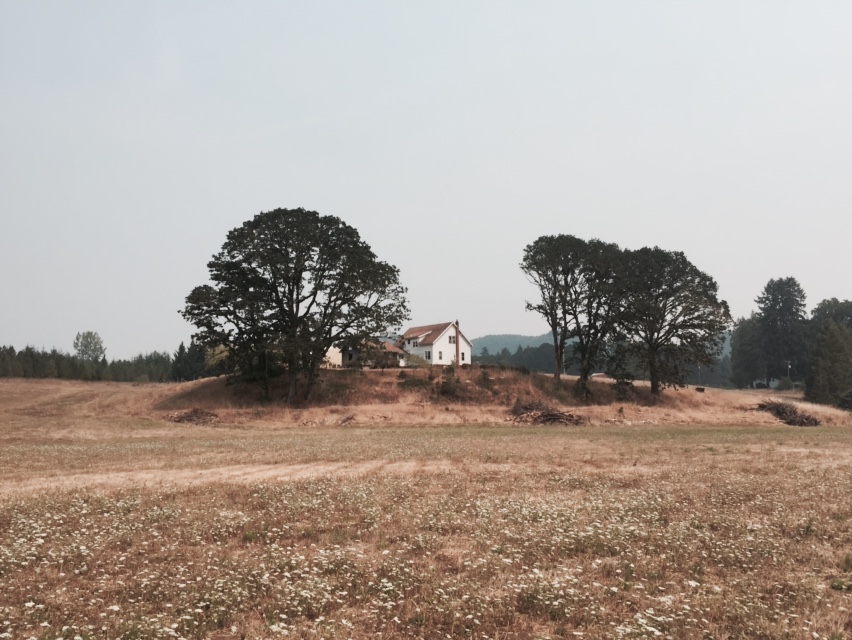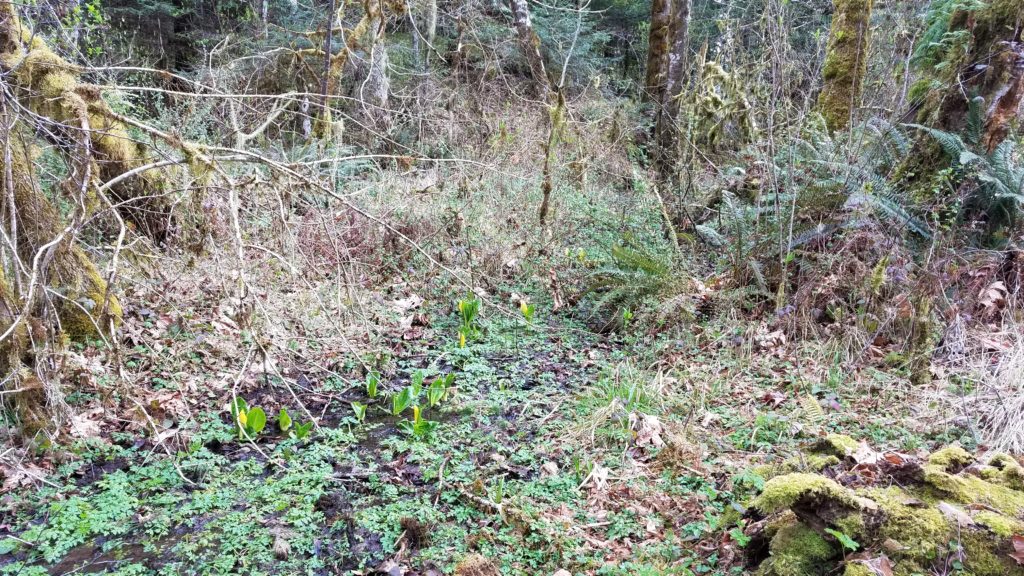
The plant grows from rhizomes that measure 30 cm or longer, and 2.5 to 5 cm in diameter. The short-stalked leaves are the largest of any native plant in the region, 30–150 cm long and 10–70 cm wide when mature. Its flowers are produced in a spadix contained within a 7–12 cm, large, bright yellow or yellowish green spathe atop a 30–50 cm stalk. The flowers are numerous and densely packed. It is among the first flowers to bloom in late winter or early spring.
While some consider the plant to be a weed, its roots are food for bears, who eat it after hibernating as a laxative or cathartic. The plant was used by indigenous people as medicine for burns and injuries, and for food in times of famine, when almost all parts were eaten. The leaves have a somewhat spicy or peppery taste. Caution should be used in attempts to prepare western skunk cabbage for consumption, as it contains calcium oxalate crystals, which result in a prickling sensation on the tongue and throat and can result in intestinal irritation and even death if consumed in large quantities. Although the plant was not typically part of the diet under normal conditions, its large, waxy leaves were important to food preparation and storage. They were commonly used to line berry baskets and to wrap around whole salmon and other foods when baked under a fire. It is also used to cure sores and swelling.
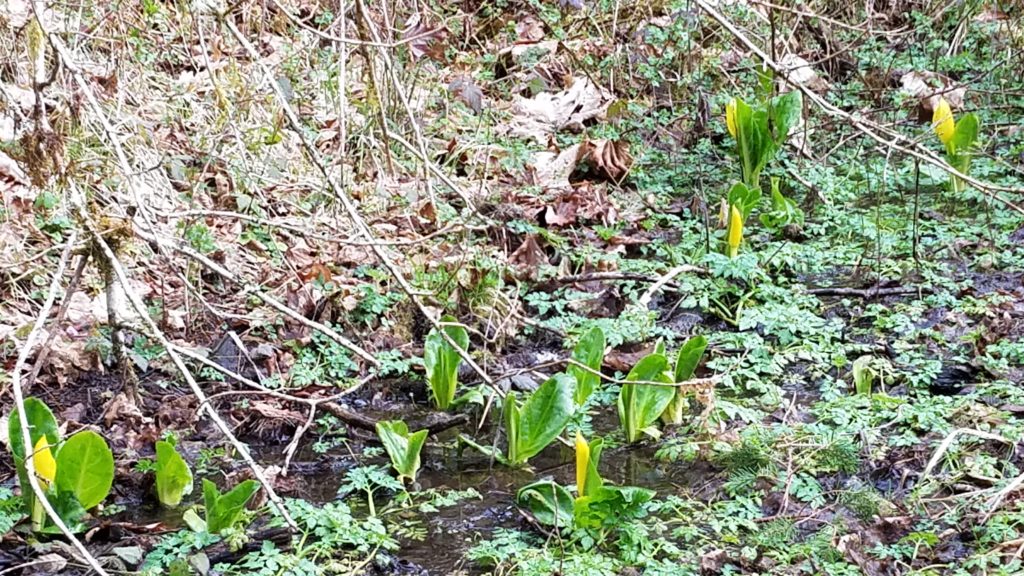
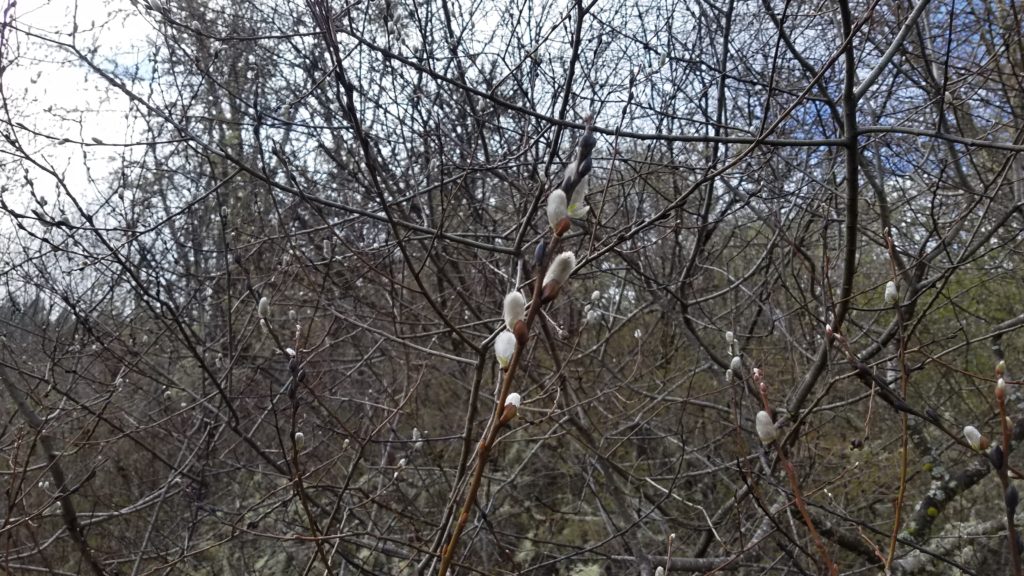
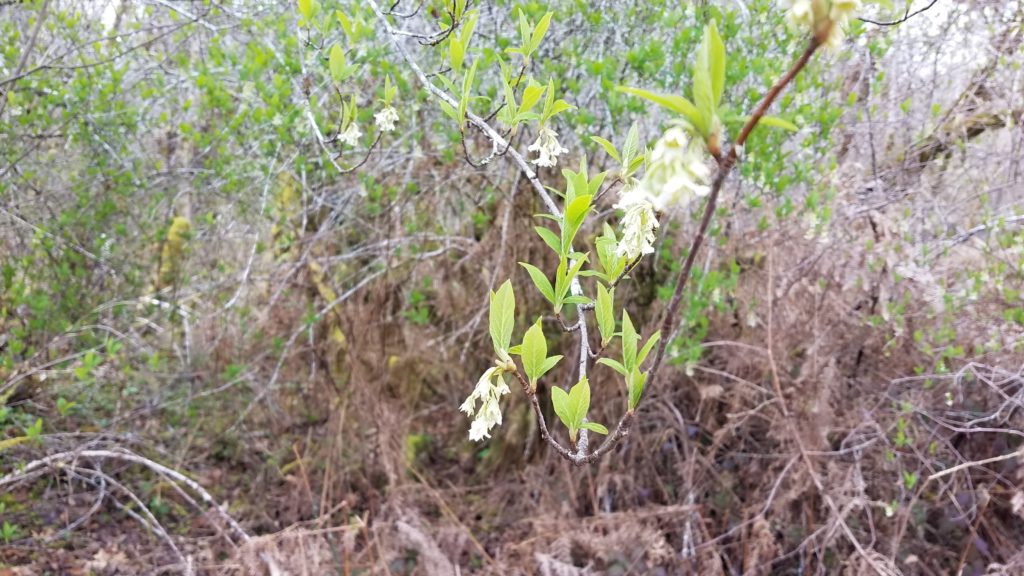
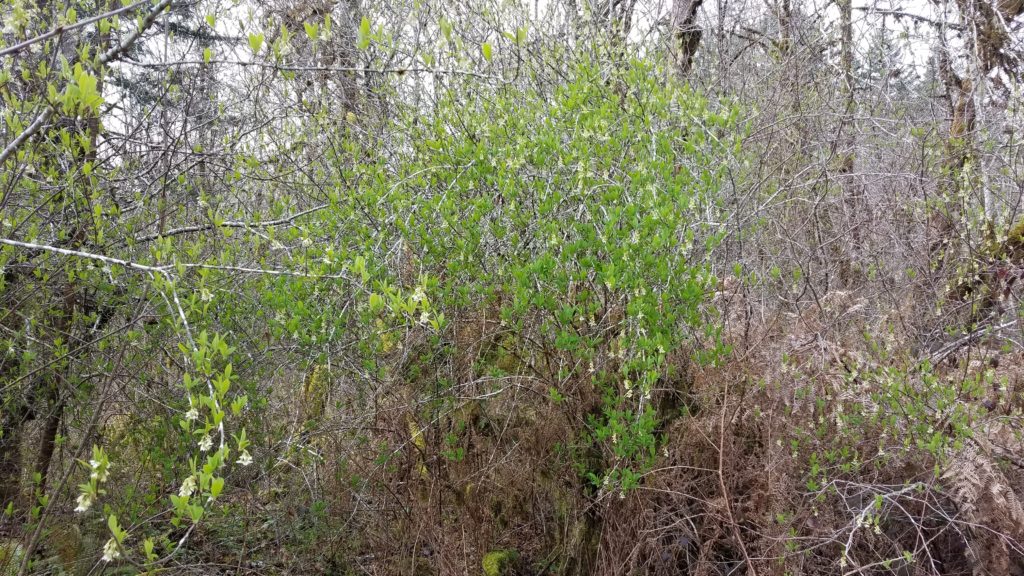
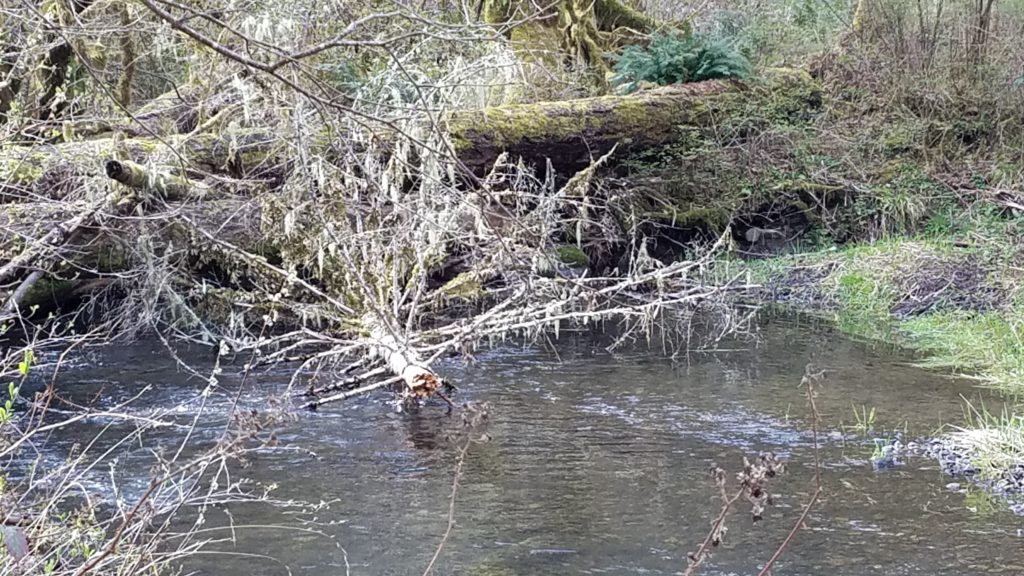
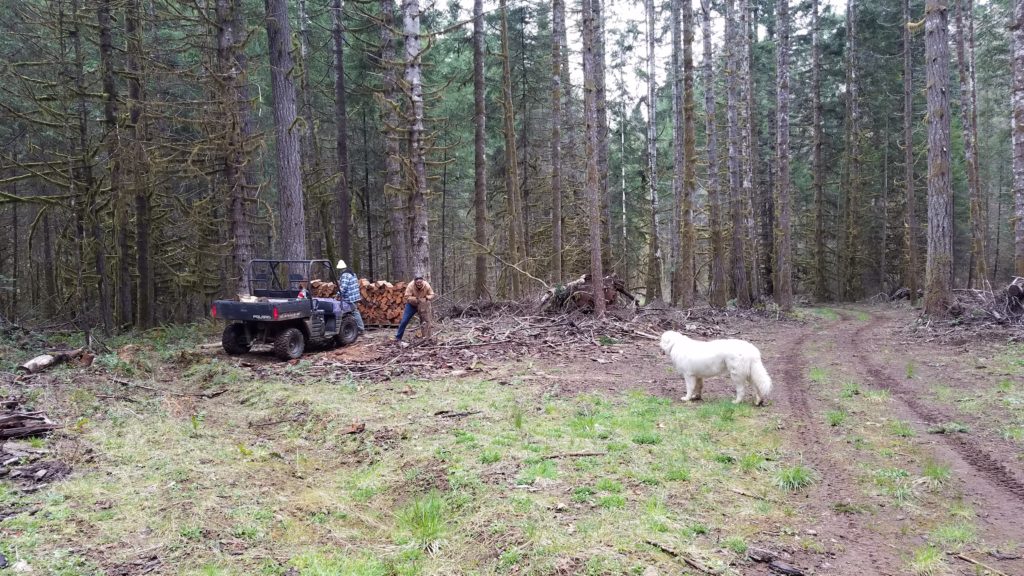
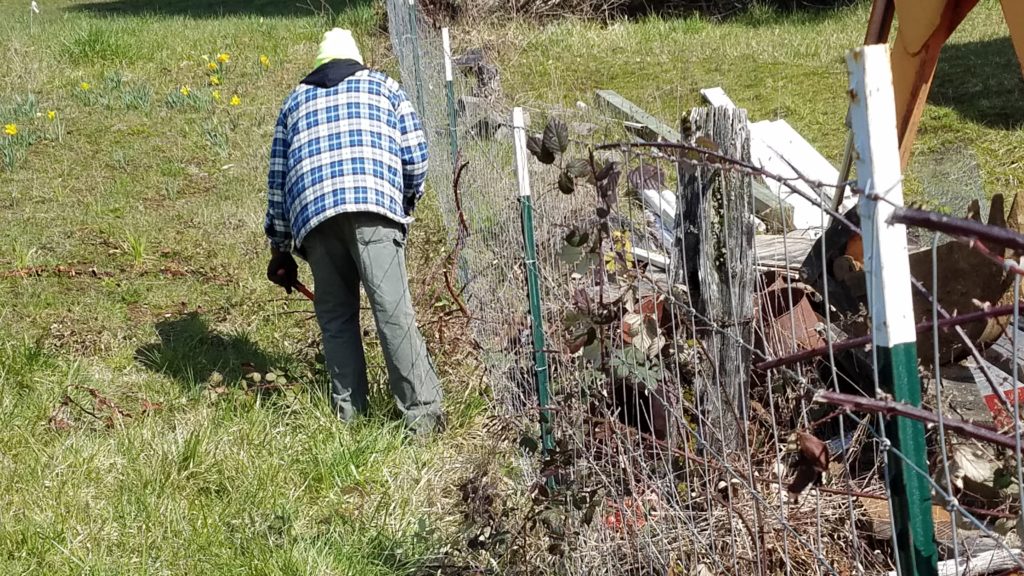
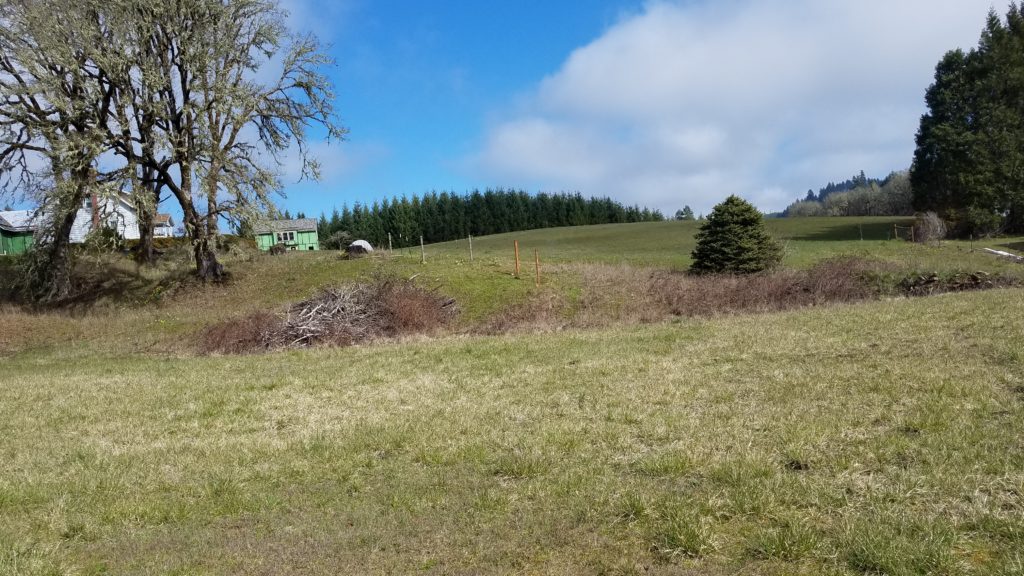
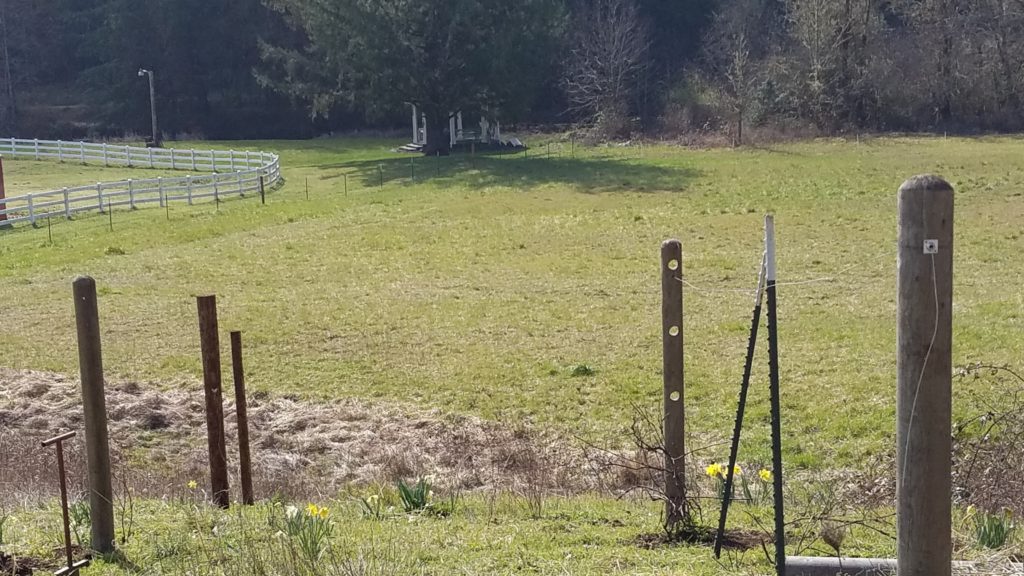
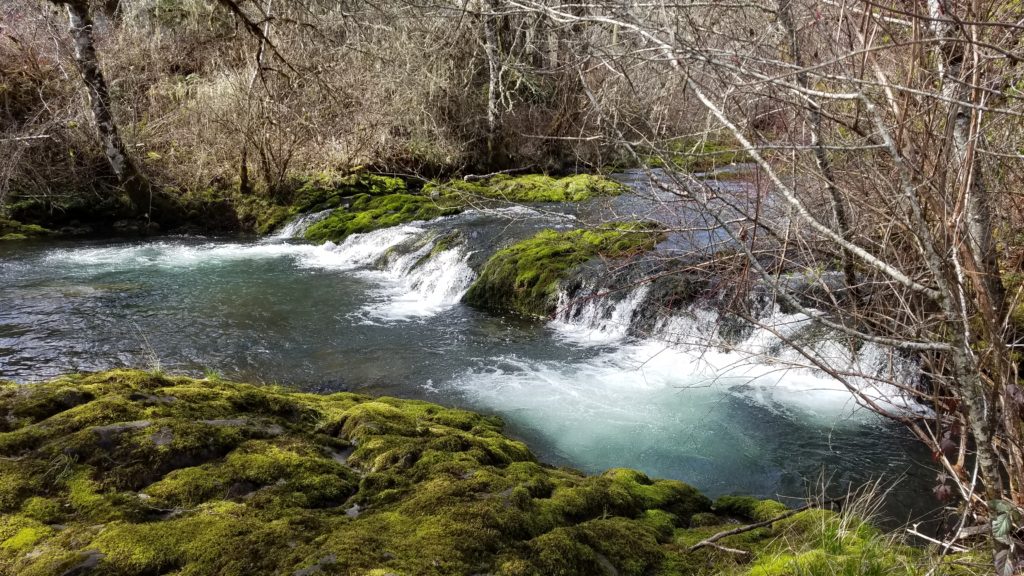
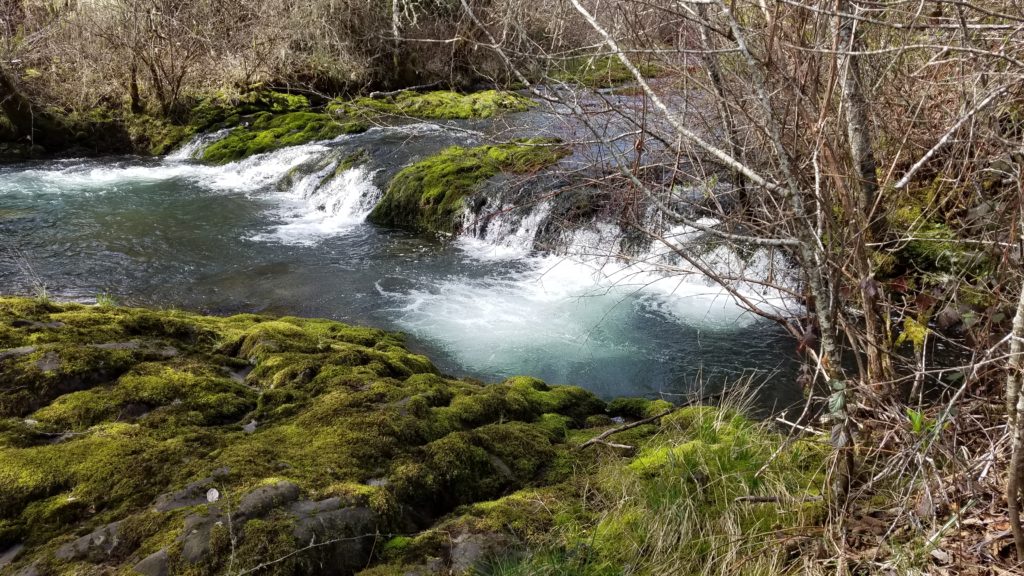
![]()
